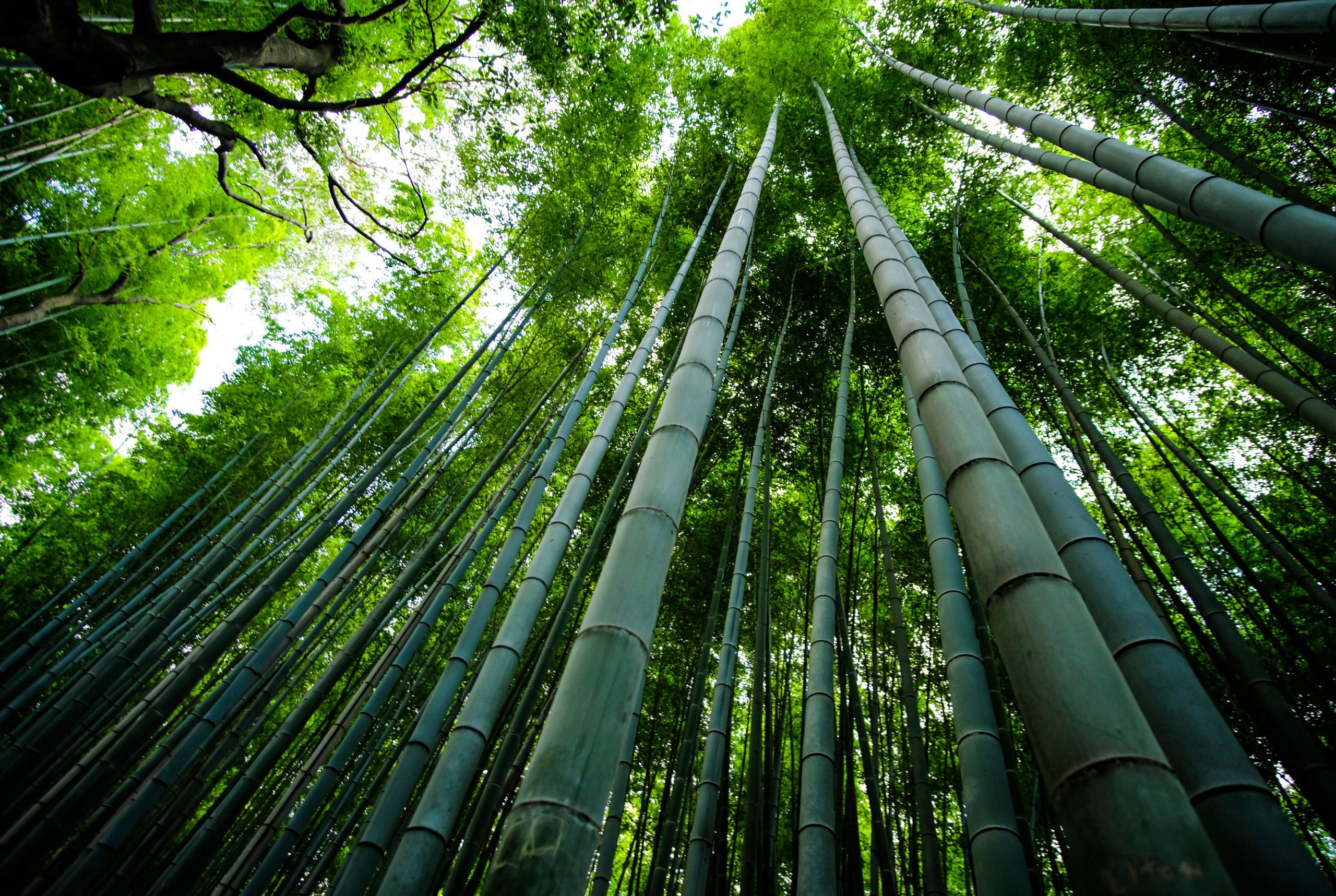
Few facets of a home have a bigger impact than beautiful wooden flooring.
It offers a flowing, rich beauty that gives each room a sense of belonging to the rest of the home.
With interior designers now preaching the values of nature and wellbeing in the home, wooden floors are a healthy alternative to carpet that traps dust and mites.
As a result, bamboo is rising quickly as one of the most popular choices for flooring. It is hypo-allergenic and resistant to insects, making your home safer and healthier. Another big plus is the price.
It is often cheaper than hardwood alternatives and it’s environmentally sustainable.
The bamboo plant can grow up to a metre a day and is harvested once every seven years. No replanting is required as the roots quickly sprout new growth. By comparison, traditional hardwood choices require a minimum of 15 years to mature and are expensive to harvest.
However, some Asian forests have been cleared to make way for bamboo plantations, so the environmental record is not perfect and it is worth checking to ensure you have a reputable supplier.
As your agent, I have noticed that bamboo is becoming more popular for owners who are looking to update their home before sale. A quality wooden floor will always be a great investment in this market.
Here are some tips for selecting a bamboo floor:
- Consider Moso bamboo – the most popular of more than 1000 varieties. It has great strength and is commonly used for furniture and other building products. In Asia, scaffolding is made of Moso bamboo.
- Bamboo is not the hardest of hardwoods but it does compare with oak.
- Because of environmental concerns, only select bamboo that has been certified as harvested sustainably.
- Bamboo can be stained to create the right hue for your home. Pressure steaming will create a reaction in raw bamboo that deepens its color. The palette can range from creamy caramel to a seductive dark coffee. This process does weaken the wood marginally but it will have sufficient strength not to warp or swell.
- Bamboo can be manipulated for a range of effects beyond color. Strand-woven floors are made of fused fibres that are heat-compressed and glued together. Horizontal and vertical grains are also available. Pressurisation and glue are used to create a horizontal effect. Vertical grains are more natural and uniform.
- A cheaper alternative is engineered bamboo, which has multiple layers bonded together. The finished product looks just like bamboo and possesses even greater strength. This is the only type of bamboo that you should consider for wet areas, such as the bathroom and laundry.
- A range of sub-floors, such as plywood and concrete, are suitable for the installation of bamboo. It is also easily nailed to an existing timber floor. Tongue-and-groove is the most popular and practical system. Snap-lock, floating-floor systems are available if you’re thinking of installing yourself.
